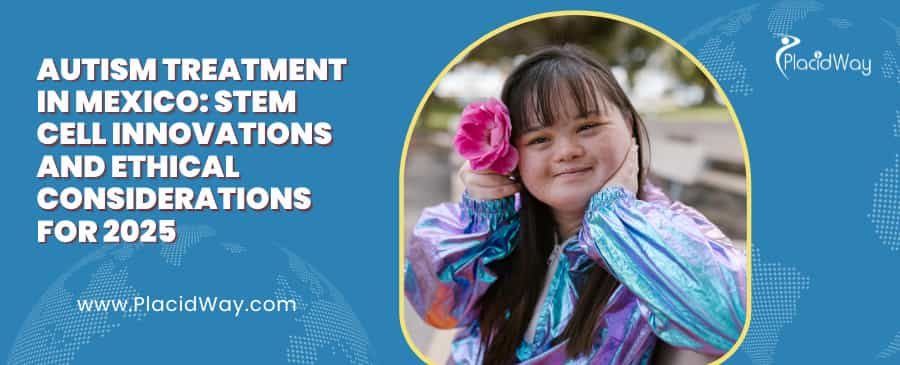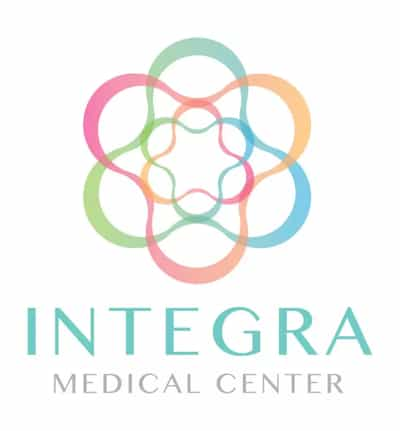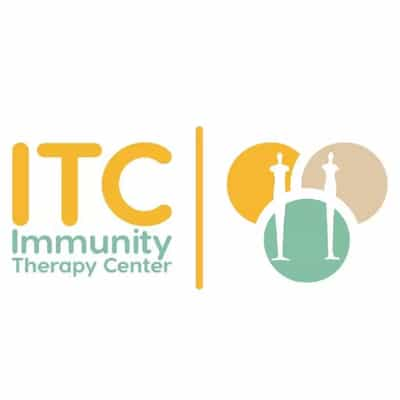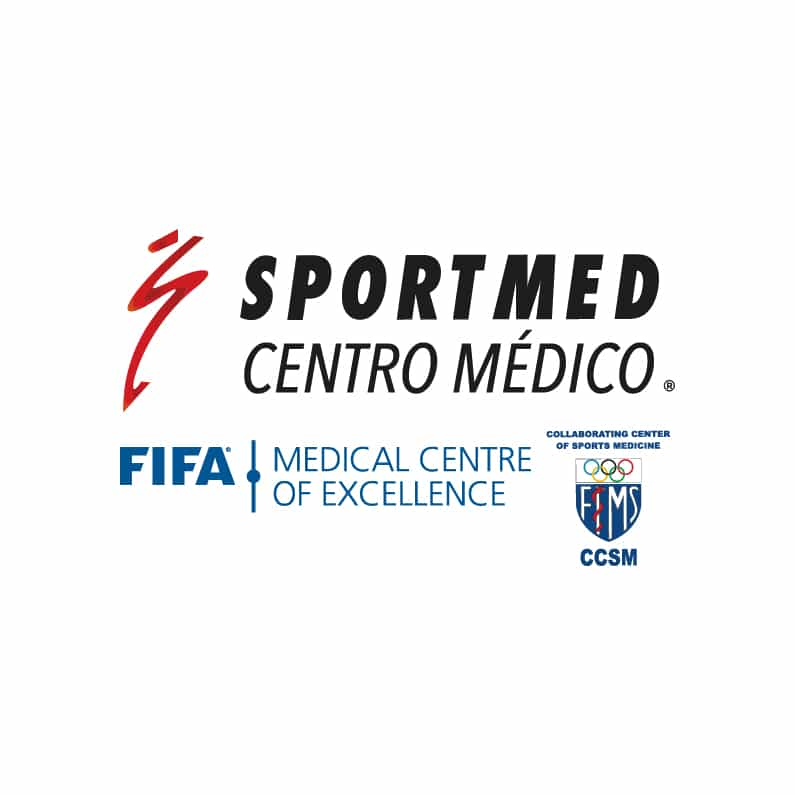
The journey to find effective therapies for autism spectrum disorders (ASD) can be both emotionally and financially challenging—especially for families in the United States and Canada. Traditional treatments like behavioral therapy, speech therapy, and medications often come with high costs and long waiting lists, making it difficult for many families to access timely support.
If you’ve been exploring cutting-edge options without success, consider Mexico as a promising destination. By 2025, Mexico’s medical community has embraced groundbreaking stem cell treatments for autism, offering potential improvements in communication, social skills, and overall functioning. Combined with significantly lower costs, internationally accredited facilities, and world-class specialists, Mexico stands out as an attractive option.
Ready to discover how stem cell therapy for autism in Mexico can transform your child’s life? Keep reading to learn why traveling south of the border may be the key to more affordable, accessible, and effective care.
Why Choose Mexico for Autism Stem Cell Treatment?
1. Affordability:
In Mexico, the cost of stem cell therapies and related medical services is considerably lower than in the U.S. or Canada. This cost advantage does not mean cutting corners. Instead, lower operational expenses, favorable currency exchange rates, and competitive pricing models allow clinics to deliver top-notch treatments at a fraction of the price back home.
2. Quality of Care:
Many leading Mexican clinics are internationally accredited, ensuring they adhere to stringent global healthcare standards. Highly qualified specialists, rigorous laboratory protocols, and state-of-the-art technology align with international best practices in regenerative medicine. U.S. and Canadian families often find that the care in Mexico meets or exceeds what they expect at home.
3. Accessibility & Convenience:
Mexico’s proximity to North America simplifies travel arrangements. Many clinics offer dedicated patient coordinators who assist with translations, scheduling, and travel logistics. English-speaking medical staff, transparent communication, and dedicated care teams help reduce stress, allowing families to focus on the treatment process.
4. A Supportive Environment for Recovery:
Beyond the medical aspects, Mexico’s mild climate and family-friendly atmosphere provide an ideal setting for short stays or extended treatment programs. Relaxing accommodations, culturally rich experiences, and opportunities for leisure activities create an environment that can uplift the family’s mood, contributing to an overall positive healing journey.
Cost of Stem Cell Therapy for Autism in Mexico
The cost of stem cell therapy for autism in Mexico can range from $7,000 to $15,000 USD per treatment cycle, depending on the clinic’s protocols and personalized treatment plans. In the U.S. or Canada, similar interventions might cost anywhere from $15,000 to $30,000 USD or more.
Cost Comparison Table:
|
Location |
Approx. Cost of Stem Cell Therapy for Autism |
|
Mexico |
$7,000 - $15,000 USD |
|
U.S. |
$15,000 - $30,000+ USD |
|
Canada |
$15,000 - $30,000+ USD |
|
Europe |
$20,000 - $40,000+ USD |
Why is it Cheaper in Mexico?
- Lower Operational Costs: Reduced facility overhead, staff costs, and administrative expenses.
- Favorable Currency Exchange: The Mexican Peso’s value relative to the U.S. dollar and Canadian dollar translates into significant savings.
- Medical Tourism Competition: As more clinics specialize in regenerative therapies, competitive pricing drives down overall costs without affecting quality.
What is Stem Cell Therapy for Autism?
Autism Spectrum Disorder is a neurodevelopmental condition characterized by challenges in communication, social interaction, and behavior. Stem cell therapy for Autism aims to modulate the immune system, reduce inflammation, and potentially improve neuronal signaling pathways in the brain. By introducing stem cells—often mesenchymal stem cells derived from umbilical cord tissue or the patient’s own tissues—therapists hope to foster a more supportive neurological environment.
2025 Advances in Stem Cell Treatment for Autism:
In 2025, clinics in Mexico leverage enhanced cell expansion techniques, improved cell characterization methods, and rigorous quality control measures. Personalized dosing, combination therapies (such as coupling stem cells with behavioral interventions), and more targeted cell delivery methods help optimize outcomes and patient experiences.
Types of Stem Cell Therapies:
- Umbilical Cord-Derived Mesenchymal Stem Cells: Harvested from donated umbilical cords, these cells are rich in regenerative potential and anti-inflammatory properties.
- Autologous Stem Cells (From the Patient): Collected from the child’s own bone marrow or adipose tissue, minimizing the risk of rejection or allergic reactions.
Recovery Timeline:
- Immediate Post-Infusion (Days 1-7): Some children may feel tired, while others remain unchanged. Parents closely monitor mood, behavior, and sleep patterns.
- 1-3 Months: Gradual improvements in concentration, social interest, or responsiveness to therapy sessions may appear.
- 3-6 Months: More noticeable changes could emerge, such as improved communication, reduced repetitive behaviors, or better engagement with caregivers and peers.
- 6-12 Months and Beyond: Ongoing developmental gains can continue with supportive therapies like behavioral, speech, and occupational therapy, reinforcing the benefits gained from the stem cell intervention.
Ethical Considerations for Autism Stem Cell Therapy
While stem cell treatments hold great promise, it’s crucial to address the ethical questions that arise:
Scientific Validation:
Is there sufficient evidence supporting stem cell therapy’s effectiveness for autism? Reputable clinics rely on published research, clinical trials, and peer-reviewed studies. By 2025, the scientific community has made progress in understanding safety profiles and potential benefits, but ongoing research is necessary.
Informed Consent:
Parents and caregivers must fully understand the therapy’s nature, realistic expectations, risks, and potential outcomes. Ethical clinics provide comprehensive consultations, informed consent procedures, and transparent communication.
Safety and Sourcing of Stem Cells:
Ethical treatment protocols ensure stem cells are obtained from reputable sources, screened thoroughly, and processed according to international standards. Clinics must follow strict lab protocols, sterile techniques, and quality controls.
Long-Term Follow-Up and Support:
Reputable providers encourage ongoing follow-up consultations, remote monitoring, and integration with standard therapies. Such continuity ensures accountability, ethical integrity, and a commitment to patient well-being.
Top Doctors for Stem Cell Therapy for Autism in Mexico
Dr. Omar D. Gonzalez
Dr. Javier Sanchez Gonzalez
Dr. Carlos Bautista
Dr. Francisco Arroyo
Best Clinics and Hospitals in Mexico for Autism Stem Cell Therapy
MexStemCells Clinic (Mexico City, Mexico)
MexStemCells Clinic specializes in advanced regenerative therapies, offering personalized stem cell protocols to support children with autism. With a dedicated pediatric team, private recovery rooms, and bilingual care coordinators, families receive holistic treatment designed to integrate seamlessly with existing therapies.
Why Choose MexStemCells Clinic?
- Internationally accredited standards ensure safety and quality.
- Customized pediatric treatment plans aligned with current research.
- English-speaking staff and full-service patient support.
- Comfortable facilities designed with family needs in mind.
- Strong emphasis on aftercare and remote consultations.
Integra Medical Center (Nuevo Progreso, Mexico)
Integra Medical Center is led by renowned regenerative specialist Dr. Omar D. Gonzalez. This clinic caters to international families seeking ethical, cutting-edge treatments. With a focus on integrative care, Integra Medical Center employs stringent lab practices and personalized protocols.
Regenerative Medicine by ITC (Tijuana, Mexico)
Regenerative Medicine by ITC applies a holistic approach to autism treatment, combining stem cell therapies with nutritional support, behavioral guidance, and ongoing follow-ups. They ensure families receive comprehensive care to optimize long-term development.
Sportmed Centro Medico (Guadalajara, Mexico)
Sportmed Centro Medico offers advanced regenerative protocols and supportive therapies. While known for its expertise in sports medicine, its holistic approach extends to neurological conditions, adapting regenerative solutions to benefit children with autism.
Stem Health (Puebla, Mexico)
Stem Health prides itself on employing high-quality stem cell lines and rigorous lab standards. Pediatric specialists collaborate with families to create tailored treatment plans, making it a strong choice for families seeking cutting-edge options.
VISANI® Stem Cells (Guadalajara, Mexico)
VISANI® Stem Cells stands at the forefront of regenerative medicine, investing in research and innovation. Families appreciate their transparent consultations, ethical sourcing of stem cells, and dedication to consistent follow-up care.
Travel and Preparation Tips for Families comming to Mexico
Visa and Documentation:
- U.S. and Canadian citizens typically can enter Mexico visa-free for short stays, but confirm current entry requirements.
- Ensure all passports are valid for at least six months beyond your travel dates.
- Bring all relevant medical records, including developmental assessments, therapy notes, and diagnosis documentation.
- Consider travel insurance that covers medical tourism and any unforeseen travel delays.
Packing Checklist:
- Personal Items: Comfortable clothing, noise-canceling headphones, familiar toys or comfort objects to help your child feel at ease.
- Medical Needs: Prescribed medications, vitamins, and extra copies of medical documents.
- Therapy Tools: Communication devices, picture exchange communication systems (PECS), or sensory aids.
Pre-Travel Health Tips:
- Ensure routine vaccinations are up-to-date.
- Discuss travel plans with your child’s primary care physician and any therapists.
- Prepare your child for the trip with visuals or social stories, helping them understand the journey and what to expect.
Financial Prep:
- Bring a mix of payment methods: credit cards, debit cards, and some cash in Mexican Pesos.
- Budget for treatment costs, accommodations, meals, and a contingency fund for unexpected expenses.
- Ask the clinic if they offer package deals that include treatment, transfers, and lodging.
Transportation and Accommodation:
- Mexico City, Tijuana, and other major cities have international airports with direct flights from many U.S. and Canadian hubs.
- Many clinics arrange airport pick-up and drop-off services. Confirm these details beforehand.
- Choose family-friendly accommodations close to the clinic, focusing on quiet, comfortable environments with easy access to grocery stores or restaurants.
What to Expect During Your Medical Trip in Mexico
- Day 1: Arrive and settle into your accommodations. Meet with patient coordinators for an initial consultation, finalize the treatment schedule, and familiarize yourself with the clinic’s environment.
- Day 2: Your child undergoes the stem cell infusion. The procedure is typically minimally invasive and may be administered via IV or injection. Medical staff monitor your child for a few hours post-treatment.
- Days 3–4: Initial recovery. Your child may experience slight fatigue or no change at all. Attend a follow-up consultation, ask questions, and receive guidance for ongoing care.
- Days 5–7: Continue to rest and engage in light activities. Enjoy the city’s family-friendly attractions if your child’s condition allows. Clinicians provide instructions for returning home and scheduled remote follow-ups.
- Day 8: If cleared by the doctor, prepare to return home with comprehensive instructions, contact details for remote consultations, and a suggested therapy plan for continued improvement.
Patient Success Stories and Testimonials
FAQs
Is stem cell therapy for autism in Mexico safe?
Yes. Reputable clinics follow international standards for sterilization, cell processing, and patient care. Before choosing a clinic, verify its accreditation, ask for research references, and consult with specialists who can explain safety measures thoroughly.
Will my child feel pain during the stem cell infusion?
Stem cell infusions are generally administered via a simple IV line or injection. Most children experience minimal discomfort. The medical team can provide comfort measures, sedation if necessary, and reassurance throughout the procedure.
How soon can we see improvements after treatment?
Results vary. Some families report subtle changes in communication or behavior within a few weeks, while others notice improvements over several months. Consistent therapy sessions, supportive care, and follow-up consultations help maximize potential benefits.
Should we continue standard therapies like ABA or speech therapy after stem cell treatment?
Yes. Stem cell therapy is often most effective when integrated with ongoing behavioral, speech, and occupational therapies. Combining regenerative treatments with established interventions can enhance developmental gains.
Will there be a language barrier at the clinic?
Most clinics catering to international patients employ bilingual staff fluent in English and Spanish. Patient coordinators ensure seamless communication, from initial inquiries to post-treatment follow-ups.
How do we maintain a routine for our child while traveling?
Prepare as much as possible. Bring familiar items, adhere to a consistent schedule, and communicate anticipated changes in advance. Many families find that careful planning helps their child adjust smoothly to new surroundings.
What about long-term follow-up and aftercare?
Ethical clinics encourage remote consultations, email follow-ups, and telehealth sessions. They guide you on when to schedule reassessments, how to track progress, and what complementary therapies may support long-term improvements.
Does insurance cover autism stem cell treatments in Mexico?
Coverage varies widely. Some international insurance plans may reimburse certain aspects of treatment or travel costs. Contact your insurer directly, and ask the clinic if they provide any documentation or assistance for reimbursement claims.
Take Next Step
The quest for better autism treatments often leads families to consider new frontiers—places like Mexico, where stem cell innovations are reshaping the landscape of care. By 2025, advanced protocols, ethical considerations, and integrative approaches are giving families hope for improved quality of life, reduced behavioral challenges, and enhanced developmental outcomes.
From significantly lower costs to world-class clinics and compassionate specialists, Mexico stands ready to offer a more accessible path toward positive change. Incorporating stem cell therapy into a comprehensive care plan may help unlock your child’s potential and support a brighter future.
Take the first step toward exploring these transformative treatments! Contact us today for a free consultation and learn how stem cell clinic in Mexico can support your child’s autism journey.









.jpg)

.png)

.png)





.png)



Share this listing